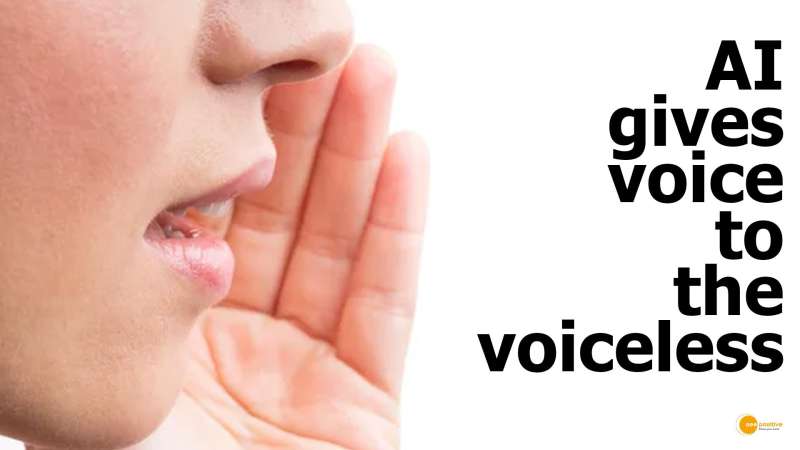

In a groundbreaking leap for artificial intelligence, scientists have achieved a remarkable feat: restoring the ability to communicate for a paralyzed woman using the power of AI. This momentous accomplishment, unveiled in the August 23, 2023 issue of the journal Nature, represents a monumental breakthrough where both speech and facial expressions are synthesized from brain signals. This innovation offers renewed avenues for communication for those grappling with severe paralysis.
The Brain-Computer Interface (BCI)
Central to this innovation is a transformative technology called the brain-computer interface (BCI). Over the span of a decade, Dr. Edward Chang and his team at UCSF dedicated their efforts to perfecting this technology. Their endeavor bore fruit as they implanted a slender rectangle containing 253 electrodes onto a woman’s brain surface. These electrodes intercepted brain signals that typically control the muscles responsible for speech and facial expressions.
The Symphony of Communication
Interconnected to a bank of computers via a cable, the BCI decoded these brain signals into the intricate tapestry of speech and the nuanced dance of facial movements intrinsic to conversations. Collaborating tirelessly, the participant and the research team trained AI algorithms to discern her unique brain signals associated with speech. This process involved the repetition of phrases from a conversational vocabulary of 1,024 words, enabling the computer to identify distinct brain activity patterns linked to specific sounds.
Deviating from conventional methods that teach AI to recognize entire words, the researchers adopted a strategy that deciphers words from phonemes—speech’s fundamental building blocks. For instance, the word “hello” comprises four phonemes: “HH,” “AH,” “L,” and “OW.” This innovative approach significantly bolstered accuracy and speed, rendering communication nearly as fluid as natural conversation.
A Personalized Avatar of Communication
To resurrect her pre-injury voice, the team devised an algorithm for speech synthesis using recordings of the woman speaking during her wedding. Leveraging software from Speech Graphics, renowned for AI-driven facial animation, they breathed life into a digital avatar representing the woman. This avatar mirrored the movements of her face—jaw, lip, and tongue actions, along with expressions like joy, sorrow, and astonishment—through customized machine learning processes.
A Glimpse of the Future
This achievement holds the promise of transformative effects on autonomy and social interactions. The team’s future endeavors encompass crafting a wireless version of the BCI, eliminating the need for physical connections and providing users with more flexibility.
For individuals who have lost their ability to communicate due to conditions like brainstem strokes, this breakthrough signifies a beacon of hope, offering the prospect of reconnecting with the world through natural conversations. Dr. Chang’s vision of a “full, embodied way of communicating” inches closer to reality, potentially bringing immeasurable positive change to countless lives.


